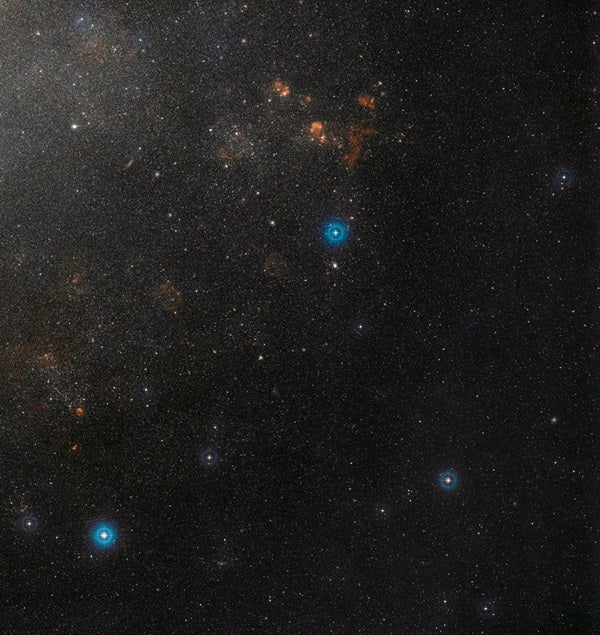There might not be a pot of gold found at the end of this rainbow-like puff, but the image of the Large Magellanic Cloud (LMC) — a satellite galaxy of our Milky Way — does offer a detailed assessment of the galaxy’s composition, according to a news release from NASA’s Hubblesite.
Using data collected from ESA’s Herschel Space Observatory, which ended its operations in 2013, along with three other retired missions, researchers combined multiple infrared-radio images to offer a more detailed study into the LMC’s dust cloud density. The other retired missions included ESA’s Planck observatory, NASA’s Infrared Astronomical Satellite and NASA’s Cosmic Background Explorer.
In the picture, irradiating the edges of the LMC is hydrogen gas (red). The red tail is likely the result of a collision with another of our satellite galaxies, the Small Magellanic Cloud (SMC), some 100 million years ago. Glints of green cold dust and blue warmer dust shape the more internal areas of the cloud. Bubbles void of color, seen near the center, are the results of the winds from newly formed stars blowing away the local gas and dust.
Researchers also collected similar data from the Andromeda Galaxy (M31), the SMC and the Triangulum Galaxy: all neighbors of our Milky Way. Besides their striking glow, these images provide scientists further insight into how the density of gas clouds vary from galaxy to galaxy.










